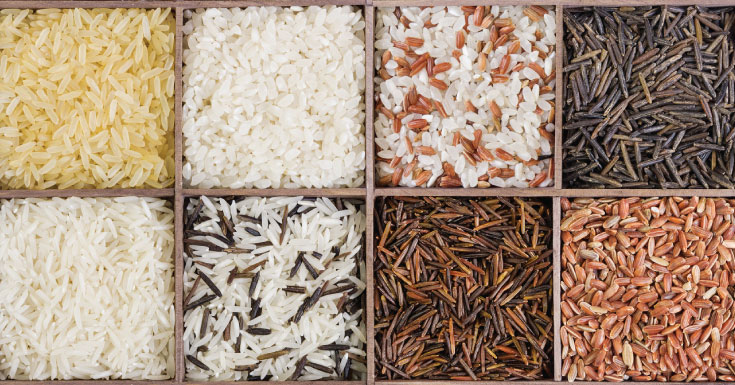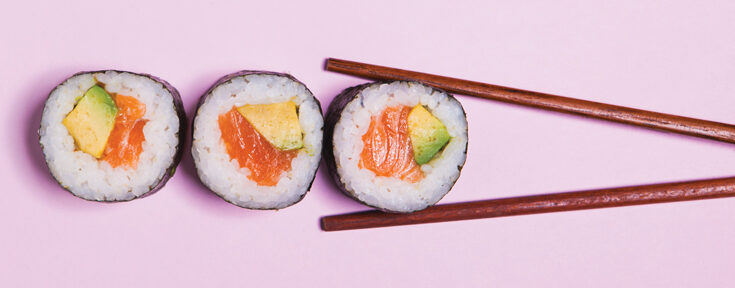Rice is a staple food in many countries around the world, including Malaysia. We may be familiar with the usual white rice, the pleasant-smelling jasmine rice, or even the healthier brown rice option, but did you know that there are so many variations of rice to choose from?
Rice is categorised by the size of its grain into long, medium and short-range and they vary from soft to creamy to sticky in texture. The colours of rice also differ from brown to white to red, black, etc.
The shape, size, texture and other characteristics of the distinctive varieties affect the way the rice is used in recipes, what types of dishes it is suitable for, and the way it is cooked. Every nation favours specific varieties for its cooking.
Long-Grain Rice
Long-grain rice, as the name proposes, has grains that are long and thin. When cooked, the grains have a tendency to stay separate, and the completed outcome is generally dry and firm. Most are in a clean white form, though brown long-grain rice is also available.
Examples of long-grain rice are Patna rice which originates from Asia; and Carolina rice, which is slightly chunkier in appearance, and comes from North America. Other long grain varieties are:
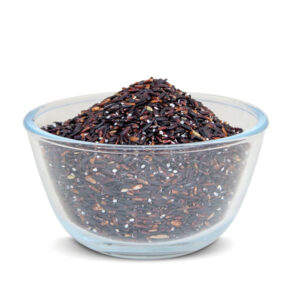
A grungy rice, this has a brownish-black skin and flattish, wide grains. Usually, it’s been soaked and steamed. Known as “Prohibited rice” or “emperor’s rice,” this was a restrictive food served only to emperors in China. It gets its colour from its high level of anthocyanin, the same antioxidant seen in eggplant, blueberries, and purple corn. Loaded with nutrients, this gorgeous and flavourful medium-grain rice is commonly used in Asian cuisine.
Glutinous Rice
Sometimes referred to as Chinese rice or sticky rice, this is commonly used in Southeast Asia for both sweet and flavourful dishes. Its grains are practically round and chalky white. Unexpectedly, the name is misleading as similar to every single other rice, it contains no gluten. The ordinary cooking technique is to soak and after steam it, after which the grains stick together as if with glue. This means it can be consumed in small balls picked with fingers or chopsticks.
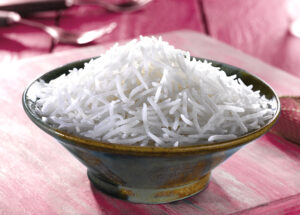
With long, thin grains, basmati rice has magnificent cooking qualities and a full flavour. It is only grown in northern India and Pakistan, and no other rice can be marked as basmati. It also comes in a wholegrain form, which has a tendency to be lighter and faster to cook than other brown rice. The additional dietary favourable position of basmati rice is that it scores low on the Glycaemic List where its sugar content is assimilated less rapidly into the circulatory system (bloodstream) than other sorts of rice, and in this manner, it keeps blood glucose levels stable. Basmati rice ought to be washed before cooking to dispose of the starchy powder left over from processing.
Jasmine Rice
Otherwise called Thai fragrant rice, this is grown in eastern Asia. It has a slight fragrance and when cooked is marginally more sticky than other long-grain rice. It goes well with other Asian foods and is the rice most used in Thai recipes.
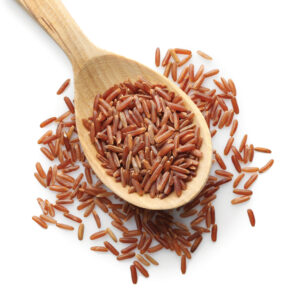
This is a Thai long grain rice that has been milled to remove the outer husk while retaining its layer of bran. As a result, it has a reddish-brown hue and contains more nutrients than regular white rice. It requires a longer cooking time and results in a chewier texture compared to jasmine rice. Its nutty flavour makes it a hearty accompaniment to curries, fish, and meat. It can also be combined with stir-fried vegetables for a filling salad.
Medium-grain rice
These rice variety contains a starchy substance called amylopectin, which causes stickiness (long-grain rice has considerably less of this starch). After cooking, the individual grains stick together, which is why they are used as a part of dishes where a sticky or creamy texture is needed, for example, risottos, puddings and sushi.
Par-boiled rice
Occasionally called converted rice or processed rice, this is wholegrain rice that is soaked, steamed and dried before processing and cleaning. The process forces the vitamins and minerals into the focal point (centre) of the grain with the goal that more are retained than in ordinary white rice. The colour of this rice is more golden than other white rice and it takes longer to cook. Indeed, even with over-cooking, the grains will stay separate.
Quick-cook rice
Known as simple or easy cook rice, this shouldn’t be mistaken for parboiled rice. Quick-cook rice is part-cooked during processing and afterward dried, with the goal that when you cook it, it takes about a fraction of the time compared to standard or ordinary long-grain rice. Quick-cook rice has lost most of its nutrients, particularly the water-dissolvable B vitamins, because of this double-cook process.
Paella rice
From the Spanish district of Valencia, this rice is used as a part of the customary or traditional dish of Spain, paella. It is a plump, short-grain rice like risotto rice, yet with a less smooth or creamy texture.
Red rice
A wholegrain rice with a red external skin, it has a nutty flavour and marginally chewy texture. The best quality red rice originates from the Camargue region of France; other red rice, from North America are also available.
Risotto rice
A popular medium-grain rice from Italy, this rice has plump, white, oval grains. When cooked with fluid blended in slowly, the grains retain their shape yet become creamy. Arborio is a well known risotto, followed by Carnaroli and Vialone Nano.
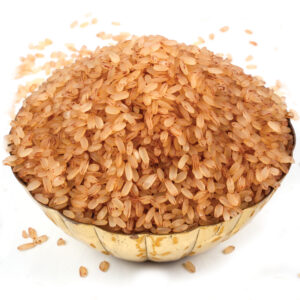
Grown in India, matta or rosematta rice is a medium grain with a reddish colour. Its bran layer is full of natural nutrients. Known for its robust earthy flavour, this variety calls for meaty accompaniments like lamb, beef, or game. It is well suited to slow-cooking stews and rich curries.
Short And Medium Grain Rice
Sushi rice
A short-grain rice, it is usually soaked and after that cooked by the assimilation or absorption strategy. Once cooled, it is flavoured with sweetened rice vinegar and rolled up in nori seaweed with different ingredients, for example, raw fish or vegetables to make sushi. It is the stickiness of the rice which holds the sushi rolls together.
